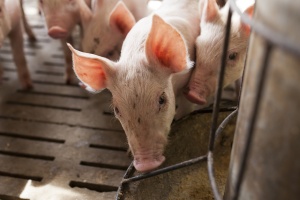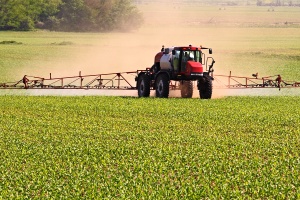Is Daylight Savings for Farmers? How It Impacts the Farm
Contrary to popular belief, farmers are not responsible for the daylight saving time we’ve come to enjoy (or dread, depending on your perspective) twice each year. While many believe it was meant to help them by giving them more hours in the field, many farmers were actually against it.
Why? Because as hard as it is for humans to adjust to new wake times and schedules, it can be even harder for animals. Think of how your pets at home rely on their own consistent routines to be fed or even walked at the same time every day. It’s similar for farm animals. For instance, a dairy cow with her own internal clock that is used to being milked promptly at 5 a.m. each morning doesn’t easily understand (or adjust) to pushing that milking back an hour. A group of Northern Illinois University dietetic intern students heard firsthand how farmers prioritize keeping a schedule at the Mitchell farm and shared this:
“The farm also has a timely system for milking the cows; the cows are milked three separate times throughout the day. It is important to stick to this schedule – if they were to stop milking them, the cows would become engorged, which can lead to infection or diminished milk production.”
For some dairy farmers who use robotic milkers, cows can determine on their own when to be milked. Farmers still monitor the cows, and tracking tags connected to a computer show when each cow was milked, how much milk she gave, and a quick check-in of overall health.
For beef farmers who have cattle who calve (give birth) in early spring, they’re on a whole other schedule, or lack thereof. Mother Nature dictates when calves are born, at all hours of the day and night. Megan Dwyer shares how their farming choices work for their family.
Rest assured, as long as daylight saving time is or isn’t around, farmers will continue doing their best to care for their animals – every hour of the day.










0 Comments